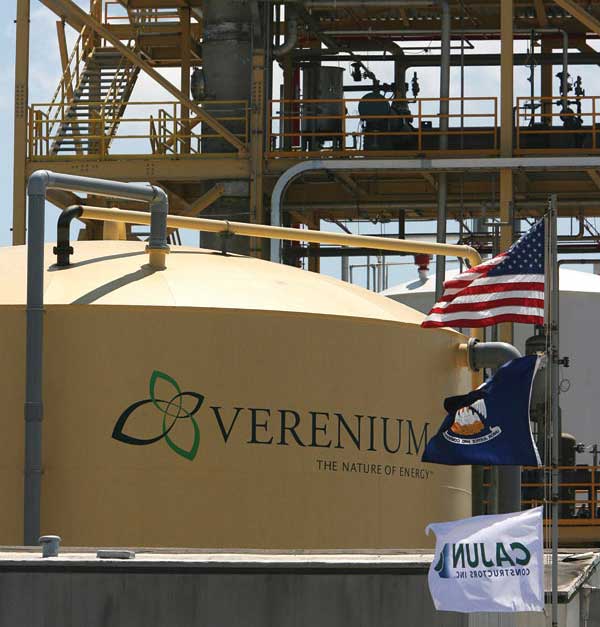Big Oil Gets Bigger

To meet the ever more challenging demands of extraction while moving toward less carbon-intensive fuels, big oil companies are diversifying. They’re buying smaller companies with experience in tapping unconventional sources of oil and natural gas, and they’re also making bets on biofuels.
The first half of 2010 saw 322 oil-industry mergers and acquisitions with a value of $90.8 billion worldwide–nearly as much as the full year of deals in 2008 and on track to beat 2009, according to PLS, a research firm based in Houston.
Much of the activity was in the United States and involved unconventional resources. There were 13 deals involving the Marcellus shale, a vast deposit of natural gas in the eastern United States. Royal Dutch Shell, for example, bought East Resources for $4.7 billion, thereby acquiring 2,600 square kilometers of resources in the region. In June, ExxonMobil completed its acquisition of XTO, an independent producer of unconventional natural gas and oil, in a transaction worth $36 billion. The acquisition made Exxon the largest producer of natural gas from U.S. sources.
In July, BP decided to sell off $7 billion in oil and gas fields to Apache, in part to cover the bill for its Gulf of Mexico oil spill. This deal also showed a turn toward unconventional fossil fuels; BP decided to focus on developing its deep offshore oil resources rather than more conventional land-based resources.
The major oil companies’ investments in biofuels are on a much smaller scale. This year BP bought the cellulosic-ethanol business of Verenium. The $98.3 million purchase included Verenium’s 1.4-million-gallon-a-year demonstration plant, which converts leftovers from sugarcane processing (among other things) into ethanol. When it comes to biofuels, however, the major oil companies are currently focused less on acquisitions and more on research and development. ExxonMobil, for example, could end up investing more than $600 million in a joint venture with Synthetic Genomics to make renewable fuels from algae.
Keep Reading
Most Popular
Large language models can do jaw-dropping things. But nobody knows exactly why.
And that's a problem. Figuring it out is one of the biggest scientific puzzles of our time and a crucial step towards controlling more powerful future models.
How scientists traced a mysterious covid case back to six toilets
When wastewater surveillance turns into a hunt for a single infected individual, the ethics get tricky.
The problem with plug-in hybrids? Their drivers.
Plug-in hybrids are often sold as a transition to EVs, but new data from Europe shows we’re still underestimating the emissions they produce.
Stay connected
Get the latest updates from
MIT Technology Review
Discover special offers, top stories, upcoming events, and more.